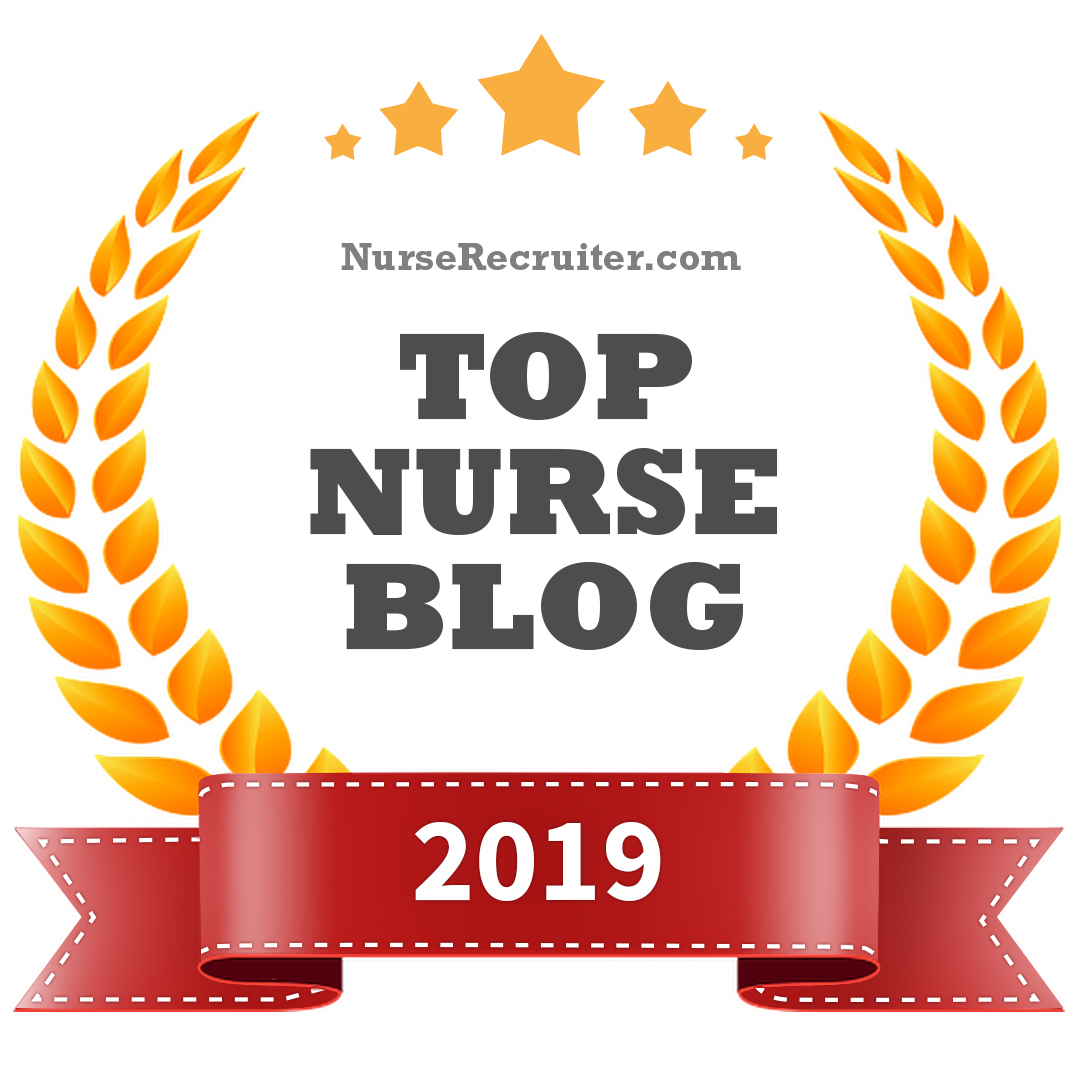Caring for Gender Minority Persons
ANS is currently featuring the article titled “Gender Minority Persons’ Perceptions of Peer-Led Support Groups: A Roy Adaptation Model Interpretation” Ralph Klotzbaugh, PhD, FNP-BC and Jacqueline Fawcett, PhD, ScD (hon), RN, FAAN, ANEF. The article is available for free download while it is featured, and we welcome your comments here! Drs. Klotzbaugh and Fawcett each share their comments about this work here:
Ralph’s comments
This project required a methodological approach that I was not initially used to working with. My prior research has utilized quantitative methods, but I knew given the substantial gaps in knowledge related to transgender and gender diverse (TGD) communities, that a quantitative approach to this project would not have been appropriate. I could have taken what is known from the bit of existing literature specific to TGD communities that is out there (for example community support and its relation to resilience and effects on reducing depression, anxiety, etc.) and utilized standard depression and anxiety scales to measure the effect of support group attendance among TGD participants over a period of time. However, this approach would have made a lot of assumptions about why people who identify as TGD attend support groups. Might this assumption (in spite of supportive research findings as well as best intentions) disinterest, or possibly offend potential participants? This was a moment in learning how to reign in one’s enthusiasms based on one’s academic knowledge and expertise, and to allow and encourage those who identify as TGD and who attend these support groups to discuss why they attend support groups.
This approach necessitated a qualitative approach, and the data from this project were for me, infinitely more insightful than any existing quantitative instruments could have revealed. It was a time-consuming iterative process well worth all our efforts, particularly given the complexities of intersectional considerations within this project. For me, the approach to data through qualitative methodologies made me necessarily question the potential ‘messiness’ that might be true of more traditionally objective quantitative methods. Checking one’s biases is expected as part of the iterative process in qualitative methods. This however is not often, if ever, a focus of quantitative methods. And yet, how are studies using quantitative methods constructed? What questions are being asked? What demographics collected and why? What identities are we leaving in? Leaving out? What are the potential findings that we may never know of if we are too busy constructing (knowingly or unconsciously and without thought) what we believe will be true, to be true, and/or insist on proving? I recommend every nurse researcher make a deliberate effort to step outside of their usual methodologies and thus to become uncomfortable in the process.
Jacqueline’s Comments
It was an honor to join Ralph as we wrote this paper. My contribution was to interpret the themes Ralph discovered in the data within the context of the Roy Adaptation Model (RAM). As that occurred, Ralph and I discovered that the content of the RAM led us to review the data again and determine whether one or more other themes were missing. This was an excellent example of how use of an explicit nursology conceptual model can truly guide the analysis of qualitative data. We have to wonder what the initial data analysis would have revealed if we had started with the RAM as the guide for the design of the study and the analysis of the data.
Of course, we have to acknowledge that our selection of the RAM for this paper introduces a bias, namely that the study was about adaptation. What would the study design and data analysis looked like if we had selected a different nursology conceptual model, for example, Orem’s Self-Care Model or Levine’s Conservation Model or Johnson’s Behavioral System Model? Had we selected any one of these conceptual models, a bias would still have been evident. Thus, it is imperative for all researchers to recognize that bias always exists in the conduct of research and that bias goes beyond the ANS requirement to declare the cultural, racial, and gender perspectives of the author(s).








